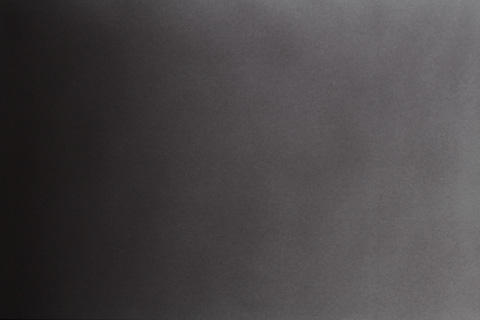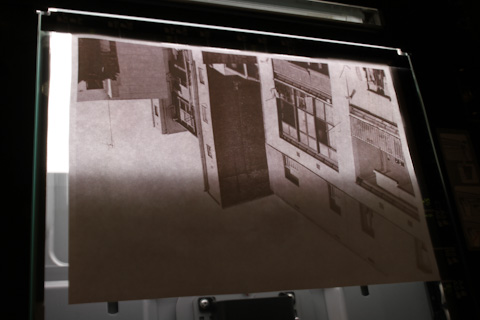Mixing analog and digital techniques in photography post-production
Analog photography forced us to better understand the light and the physics behind photography, to better select the right moment to shoot, to better accept flaws as part of the captured moment. The fact of not being able to see the picture right after shooting, the ritual of bringing the roll film for development, having to wait some days and then, while browsing the photographs, making the connection to the moment they were shot… analog photography might not be convenient today, but it definitely has more magic than digital photography.
Likewise, digital post-processing is much easier and convenient than the analog process, but it lacks the same magic. The process of burning and dodging for example, isn’t it beautiful?
After watching this documentary (War Photographer, 2001, which I highly recommend) I wanted to try this process. Today it is not easy to access one of those labs, and each print, specially on this size, is quite expensive. I start thinking about how could I experience the process of manipulating the exposure as in the analog process, using more accessible means.
The analog dodging and burning process requires a light source, the negative of the picture, and the photographic paper to capture the projected light. A projector can substitute the light source + the film to project a picture, and a digital camera on long-exposure can substitute the photographic paper, to capture the projection. The exposure manipulation is the same in both methods, and definitely with more magic than the digital one.
I set up a room with the setup above (same as I used for Generative Photography experiments). To be aligned with the mix of analog and digital process I was about to try (camera and projector are digital, manipulation is analog), I decided to play with some pictures I took with my film camera. The pictures were developed using and A/D process, so I had them on my computer. The workflow then is the following:
First of all I made some tests to find the right settings for the camera and the projector, so the exposure as neutral as possible – the long-exposure picture of the projection (without manipulation) had similar exposure than the original.
I started playing with a picture of the sky, quite homogenous, in order to see how sensitive is the result to the manipulation. I used a circular tool, and a square one for big areas.
Trying to do some gradients, the first one is not quite smooth, the other two a bit better:
I was using 20 second exposures, and specially with the circular tool it was difficult to remember exactly which areas were already manipulated.
Combining the circular and square tool:
Then I used another picture to try a smooth gradient or to darken an area. Those some of the results:
I made some tests with this other picture, slightly overexposed in some areas:
Similar to what happens using the analog burning & dodging method, I didn’t have completely direct feedback about the manipulation, just what I could see on the small LCD screen of the camera. I thought it would be interesting to see the result on the screen, and be able to work on it right after. This way it would be an iterative process so I could manipulate small details in each iteration, that would be accumulated in each step. I used Processing to do the following steps:
1. Project the picture A
2. Open the shutter of the camera
3. (me) Manipulate the exposure
4. Close the shutter of the camera (after 20 seconds)
5. Send the recently taken picture A’ to the computer
6. Project the picture A’
7. (me) see the changes and analyze which area needs manipulation
(back to 2 and repeat)
The result was good in terms of the experience, being able to make small modification each time. The drawbacks were that there wasn’t a Ctrl+Z feature, and that it was extremely difficult to adjust the crop of the camera in order to keep the frame and aspect ratio of the picture. Actually after many tests I didn’t succeed – the width of the picture was diminishing at each iteration, while the contrast was increasing. This resulted in some freaky images:
Willing to do some other digital/analog post-processing with accessible tools, I tried to apply a texture to a picture. I printed a picture in a plain white paper, and I used a photocopier and my camera to capture the texture of the paper.
This is the original picture:
This is the result, texturized:
Another test with another picture:
It was fun but I still want to spend some time in the photography lab :)
I made a short video of two of the tests I made:

















